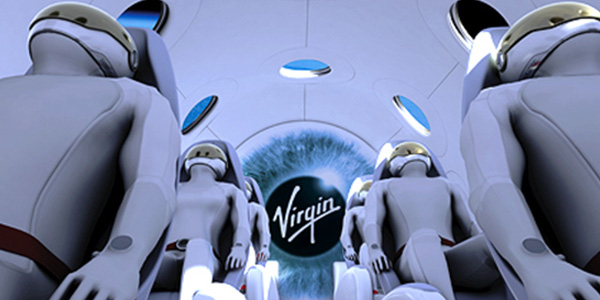
Over the next year or so, commercial travel will be revolutionised when Virgin Galactic launches the first ever space tourism flight, which has so far been nine years in the making. While it is initially only available to those rich enough to afford a $250,000 ticket, the company is keen to bring space travel to the masses and aims to offer a passenger experience far exceeding anything that has been offered before.
Ranging from the flight preparations that all passengers – or astronauts – must undertake, to the geography lesson they receive to allow them to fully appreciate the spectacular sights, to the design of the spaceship interior, every aspect of the customer journey has been intricately planned to ensure it exceeds all expectations.
“Unlike commercial air travel, the flight is the experience,” Stephen Attenborough, Virgin Galactic’s Commercial Director, told FTE. “It’s a much more intense and uplifting experience.”
Preparing for the space travel experience
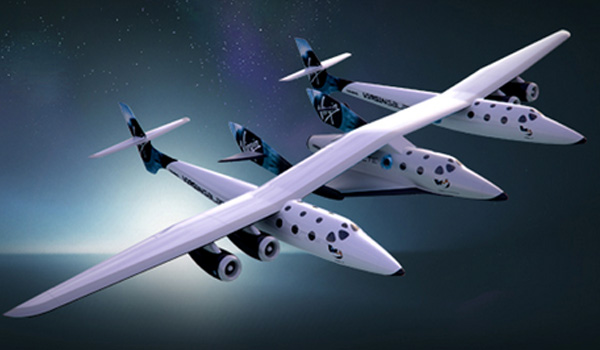
While air travellers often arrive at an airport unsure of what to do or where to go, the experience for the first batch of commercial space tourists will be very different. Attenborough said: “We spend three days with the future astronauts in New Mexico before the flight to prepare them for the sensory overload, free them from any anxiety, and make sure they are well informed, safe and ready to enjoy the flight.”
Before take-off, there will be no long queues or last-minute checks, just a journey down a long escalator and a walk through a friends and family area, before taking a seat on the groundbreaking SpaceShipTwo. The flight itself will be like something from a Hollywood movie. After a calm take-off and a cruise up to 50,000 feet, the spaceship will be released from its carrier and, according to Attenborough, “the astronaut presses a button and everything changes very quickly”.
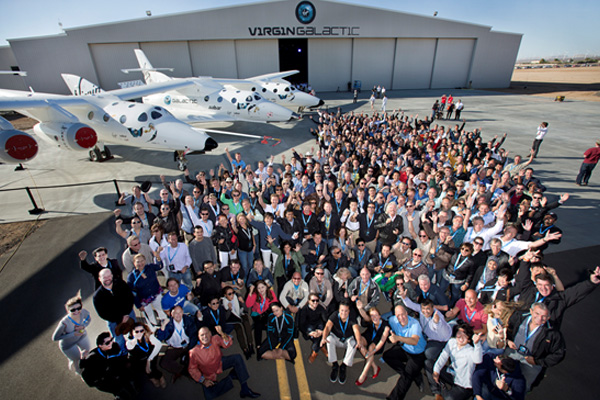
SpaceShipTwo will reach the speed of sound in just six seconds and passengers will experience 3.5-Gs of force from front to back. “We’ve made sure you can look out of the front windscreen past the astronauts, so you can truly experience the blackness of space in broad daylight,” Attenborough explained. “You will be able to watch the sky go from blue to purple to black.”
“When the engine goes off, there’s absolute silence. You don’t weigh anything and you can get out of your seat to experience a few minutes of weightlessness.” Again highlighting the onus on passenger experience, the spaceship has been designed so the seats recline to allow maximum space for the customers to move around and enable them to get as close to the windows as possible to view planet Earth from orbit.
Once gravity takes hold again, passengers will be strapped back in to their reclined seats and by the time the spaceship has dropped back down to 70,000 feet, the seats go upright again before a high-altitude glide down to the Spaceport America runway.
“The experience will be delivered in a way people would expect from us. Safety is first and foremost, but the experience of the G-force, zero gravity and the views from space are right up there,” Attenborough said. “The aim is for people to enjoy each stage of the flight to the full.”
“London to Sydney in two hours”
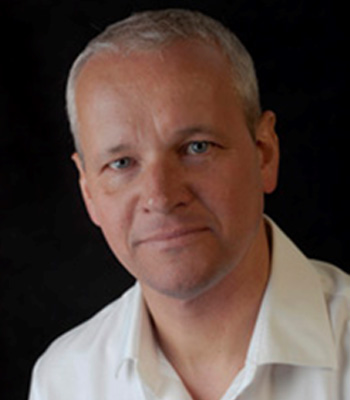
Attenborough explained that a “maturing industry, competition and investment in R&D” will help drive ticket prices down, but he said that the high launch prices reflect the model that was adopted by the early commercial aviation industry.
Furthermore, rather than being seen as a product reserved for the wealthy, Virgin Galactic aims to “push long-haul air travel above the atmosphere”.
He said: “You could do London to Sydney in two hours. Imagine it; for some flights you’d be standing in the immigration queue for longer than the flight! This is feasible, but it’s not simple. It would have to be done in a number of stages, but we have to take the first steps first.
“We have to prove we can transport people with the safety and regularity of a commercial airline. Richard (Branson, Founder of the Virgin Group) is very confident we will get there. Lots of components are already there but it needs to be commercialised.”
The Spaceport experience
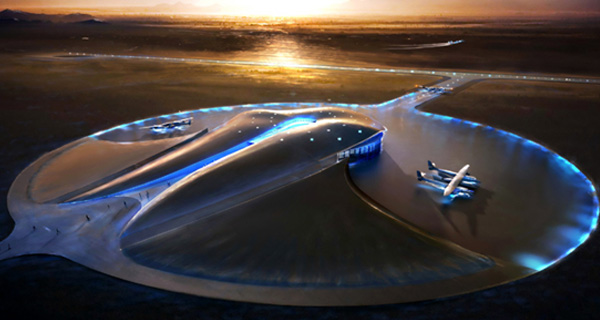
In the meantime, the air travel industry could take a few lessons from Virgin Galactic and Spaceport America to enhance the experience offered to customers. One example highlighted by Attenborough is the design of the passenger facilities. “With Spaceport America, a gateway to space was designed,” he said.
“We said: ‘Don’t think about the hangar, think about something spectacular’. It was designed with the astronaut journey in mind and thought was put into everything, including even the positioning of the building. It’s very theatrical and it’s very much a part of the journey, but it’s also practical.”
While a handful of airports have been designed with the passenger experience and a sense of place towards the top of the agenda – with the new Bradley West Terminal at LAX providing a good example – more airports could prioritise this to benefit the passenger. “If airports put as much thought into it as we have with Spaceport America, a lot of people would have a much nicer airport experience!” Attenborough joked.
With the first passenger flight to space slated to take place within 12 months, there’s no doubt that Virgin Galactic is on the verge of redefining travel. Although making it affordable to the masses and bringing commercial air travel above the atmosphere may be some way off, airlines and airports should pay close attention to how Virgin Galactic is prioritising the passenger experience at every step of the journey.







